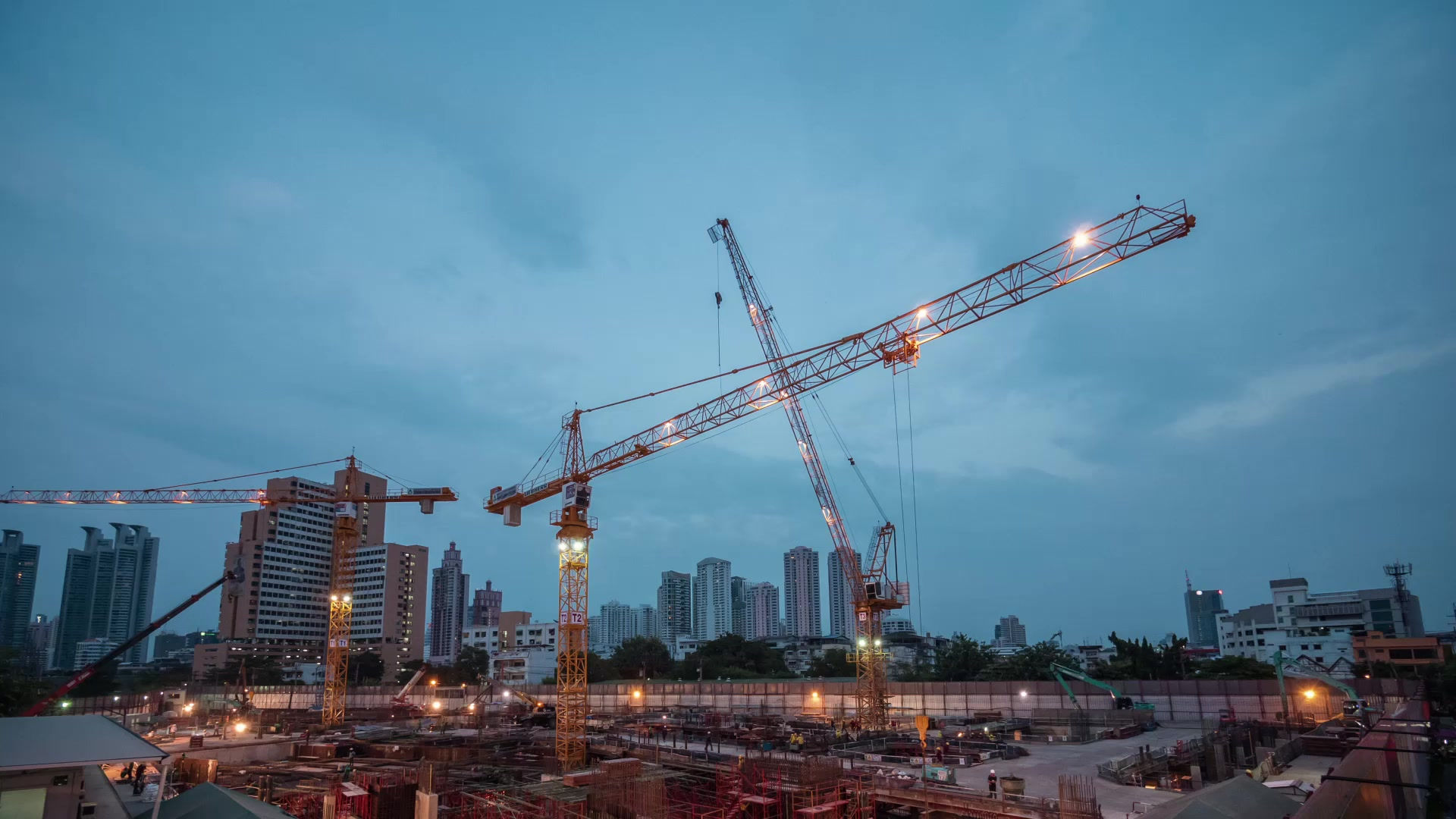Choosing the Right PPR Fittings for Your Jammu Home Renovation
- KPT Pipes
- Apr 26, 2024
- 2 min read

Are you planning a home renovation project in Jammu? Whether you’re upgrading your plumbing system or revamping your bathroom or kitchen, one of the critical decisions you’ll face is choosing the right PPR (Polypropylene Random Copolymer) fittings. PPR fittings are known for their durability, resistance to corrosion, and ease of installation, making them an excellent choice for modern homes. However, selecting the appropriate fittings requires careful consideration to ensure they meet your specific needs and preferences.
Here’s a comprehensive guide to help you navigate the process of choosing the right PPR fittings for your Jammu home renovation:
Assess Your Plumbing Needs:
Before selecting PPR fittings, assess your plumbing requirements. Determine the type of pipes and fittings needed based on the plumbing layout, water pressure, and intended usage areas such as bathrooms, kitchens, or outdoor connections.
Consider Quality and Durability:
Quality is paramount when it comes to PPR fittings. Opt for fittings made from high-grade PPR material to ensure durability and longevity. Look for fittings that comply with industry standards and have undergone rigorous testing for performance and safety.
Size and Compatibility:
Ensure that the PPR fittings you choose are compatible with the size and type of pipes used in your plumbing system. Common sizes for PPR pipes and fittings include 20mm, 25mm, 32mm, and 40mm. Choosing the right size ensures a seamless connection and prevents leaks or malfunctions.
Evaluate Jointing Methods:
PPR fittings are typically joined using heat fusion techniques such as socket fusion or butt fusion. Consider the jointing method preferred by your plumber and ensure that the fittings you select are suitable for the chosen technique. Proper jointing is essential for leak-free connections and optimal performance.
Assess Temperature and Pressure Ratings:
Different PPR fittings have varying temperature and pressure ratings. Consider the maximum temperature and pressure conditions in your plumbing system and choose fittings that can withstand these parameters without compromising performance or safety.
Look for Certifications and Standards:
When selecting PPR fittings, prioritize products that meet international quality standards and certifications. Look for certifications such as ISO 15874, DIN 8077, and DIN 8078, which ensure compliance with stringent quality and performance criteria.
Seek Professional Advice:
If you’re unsure about which PPR fittings to choose, don’t hesitate to seek advice from experienced plumbers or consultants. They can offer valuable insights based on their expertise and help you make informed decisions that align with your renovation goals.
Consider Aesthetic Preferences:
While functionality is paramount, don’t overlook the aesthetic aspect of PPR fittings. Choose fittings that complement the design and style of your renovated space, whether you prefer sleek modern designs or classic finishes.
Budgetary Considerations:
Finally, consider your budget when selecting PPR fittings. While quality should not be compromised, explore options that offer the best value for money without exceeding your budget constraints.
Conclusion:
In conclusion, choosing the right PPR fittings in Jammu home renovation requires careful consideration of various factors, including plumbing needs, quality, compatibility, jointing methods, temperature and pressure ratings, certifications, aesthetic preferences, and budgetary constraints. By taking these factors into account and consulting with professionals when needed, you can ensure that your plumbing system is equipped with high-quality fittings that meet your requirements and enhance the overall functionality and aesthetics of your renovated space.




Comments